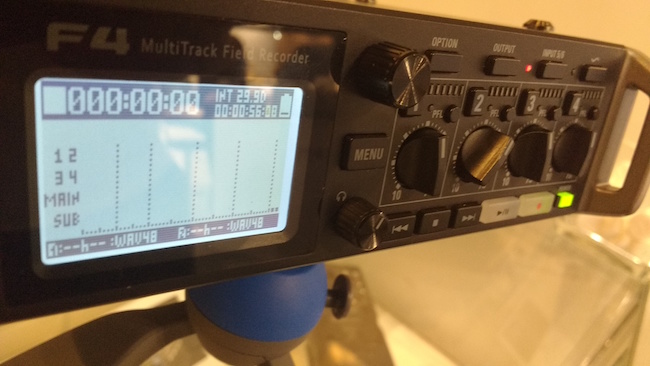
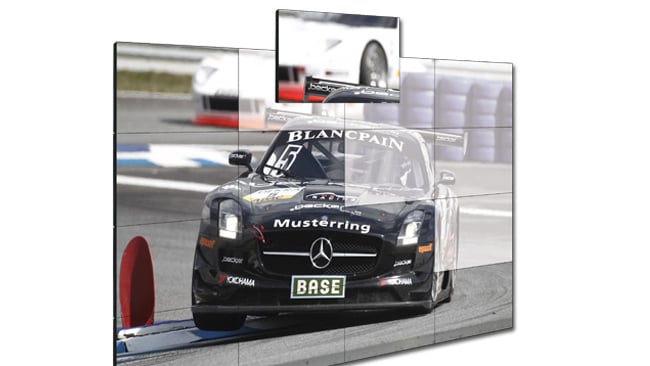 Videowalls such as this one from Eyevis
Videowalls such as this one from Eyevis
Phil Rhodes completes his tour round the stands and halls of this year’s IBC with a look at the surprising good picture quality of videowalls, not to mention some of the products that may have escaped attention elsewhere.
In 1862, John Henry Pepper mounted perhaps his most famous demonstration of the technique now known as Pepper’s Ghost, where an apparently-otherworldly apparition is reflected in a piece of glass in what’s fundamentally a live compositing effect. The same technique is used for heads-up displays in aircraft, as well as in museum and theme park exhibits worldwide. It’s an old trick, but an effective one.
However, it certainly isn’t the future, which is one reason why it’s perhaps a little surprising that at least two exhibits in the IBC Future Zone rely on the technique, or on a close relation. This isn’t the first time we’ve had to explain that projecting a video picture onto a piece of gauze isn’t holography, although people seem happy to keep on claiming that it is. And the effect is, to be fair, attractive. It is also plastered with no-photography signs.
Perhaps a better, more interesting example of something similar is the 55-inch glass-bonded OLED display shown by Leyard. Making a transparent OLED isn’t quite the feat it might appear, as the underlying technology is very often built on a clear substrate, but there’s something agreeably science-fiction about a piece of only-slightly-tinted glass with a glowing image on it. The company reports that there’s already been interest from production designers on sci-fi movies.
The reason this comes up is that, perhaps surprisingly, the very best pictures to be seen at IBC this year are from the display and signage people more than they are from monitor suppliers. LED videowalls have become extremely good, offering resolution down to 0.9mm per pixel as shown by Eyevis. This is of course absolutely massive compared to the pixels on a conventional monitor, requiring an image at least 3.7m wide to achieve 4K resolution, but as we’ve already seen with Sony’s new high-contrast LED videowall technology, they’re capable of massive resolution and colour performance.
One day, all monitors will look like these giant signs; for the time being, they’re huge and hugely expensive, but certainly among the most attractive images available from any technology.
Lights and more
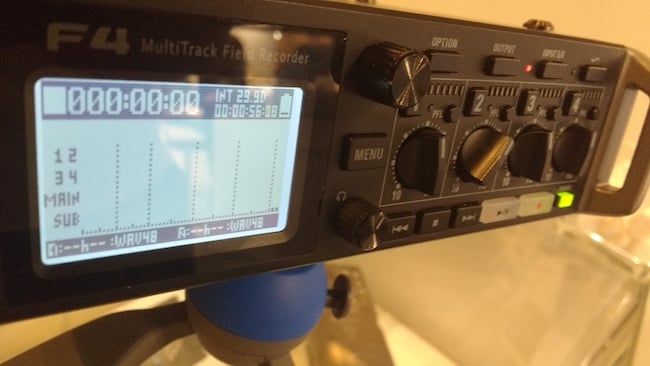
The Zoom F4 recorder (above), which we referred to recently over on RedShark Sound, exists here in a couple of examples. It’s very much a sound-for-picture recorder, and we’ll look at it as soon as a review model becomes available. Over on the Aputure stand, meanwhile, a Fresnel lens attachment for the COB-120 was on show (below) in prototype form. As with any Fresnel, the absolute optical efficiency probably isn’t that high, but that’s an underlying reality of that particular approach to light control. The company also has a daylight version of the COB-120, which we recently reviewed in its tungsten version.
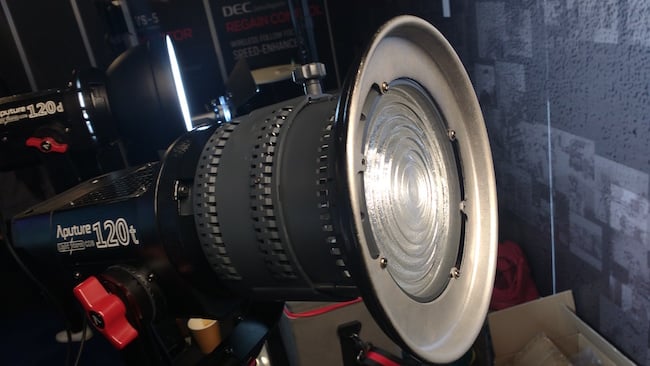
Daylight LEDs are generally more powerful than their tungsten counterparts, making the daylight COB-120 a little punchier than the tungsten option, although also suffering very slightly reduced colour performance. Finally, there’s another LED panel, smaller than the LS-1, but whose innovation is at once simple and beautifully effective. Instead of being ranked in straight rows, the emitters are scattered somewhat randomly, making the inevitable segmented shadow less noticeable. Good thinking.
Finally, let’s revisit the Kyno media management application which we discussed at the beginning of its beta phase last NAB. Kyno seems well-suited for on- and near-set work as well as footage review in post, and while it isn’t directly intended to compete with the likes of Silverstack it has some features in common and at $159 is a lot more affordable. The developer, Lesspain Software, has sensibly offered the software in beta since NAB and this has allowed for a good solid period of refinement and optimisation.
Wrapping up the show
Wrapping up IBC 2016, then, let’s take a moment to consider some of those things which attract fewer excited column inches but are nonetheless essential. IDX has been making batteries for a long time, but its latest range is praiseworthy because it includes a specially-modified D-tap connector via which the battery can be charged. This was shown at NAB, but reduces the minimum size of a charger to essentially an inline power supply, which is a lot easier to pack than something with at least a couple of battery plates on it.
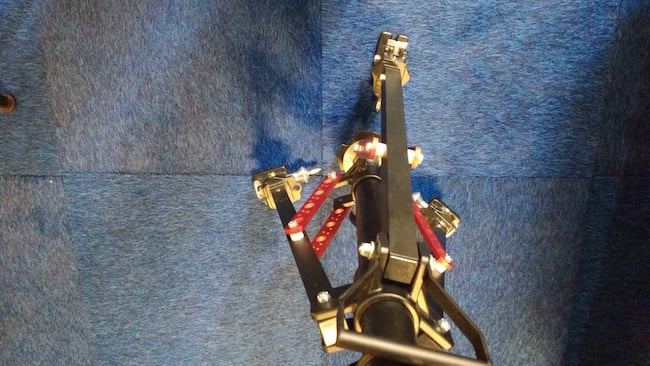
Matthews Studio Equipment, always a stalwart, was showing small-footprint stands (above) designed to minimise the inevitable visibility of grip equipment in 360-degree camerawork, as well as some neat new magic arms and the low—profile Dutti Dolly.
If there’s any reasonable way to wrap up such a broad-based show, it’s probably by revisiting the subject of optics. With Sigma’s new range, the Zeiss zoom, Cooke’s recent announcement of the Speed Panchro reissue and Sony’s E-mount-only competitor to the Canon 18-80, there seems to be no end to industry confidence in the market for big-chip glass. The Sony zoom will of course fit only Sony cameras, at least until someone is brave enough to machine the back end off and fit a new mount (such a thing would not, given the layout, appear to be outside the realms of feasibility).
As we suspected at the outset, this year – and perhaps this whole expo season – would seem to be about a process of gradual refinement, and at this point, that’s very welcome indeed.
Tags: Production


Comments